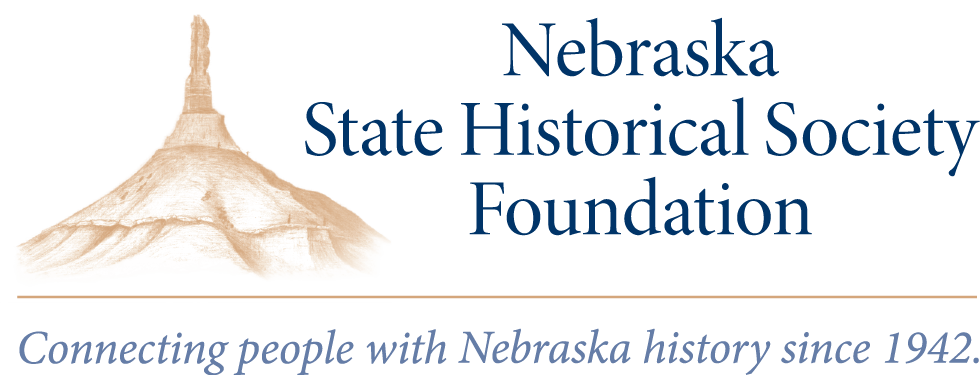I-80 Sculpture Project
Join us in preserving one of Nebraska’s most visionary contributions to public art and national heritage — “Nebraska’s 500 Mile Sculpture Garden.”
Help Us Preserve a National Treasure
We are seeking public support to cover the costs associated with submitting the Interstate 80 (I-80) Sculpture Project for designation as a National Historic Landmark. This designation will recognize the project’s exceptional significance in American art and history, ensuring its preservation for future generations.
Funds raised will support the preparation of a comprehensive nomination, including historical research, documentation, consultant services, public outreach, and submission to the National Park Service.
Your contribution will help safeguard one of Nebraska’s most visionary contributions to public art and national heritage—“Nebraska’s 500 Mile Sculpture Garden.”
Join us in honoring the past and shaping the future. Every gift brings us closer to this historic achievement.
Nebraska’s 500-Mile Sculpture Garden: A Visionary Public Art Initiative
In the early 1970s, the concept of placing monumental contemporary sculptures in public spaces, separate from museums or civic buildings, was groundbreaking. Yet in 1973, Nebraskans Norman Geske, Tom Yates, and the Nebraska American Revolution Bicentennial Commission envisioned just that: a bold and innovative program that would place modern art in rest areas across the entire length of Nebraska’s Interstate 80. Officially dedicated in 1976 as part of the United States Bicentennial celebration, the I-80 Sculpture Project became the most ambitious public art undertaking of its kind in the nation—and remains one of the most iconic.
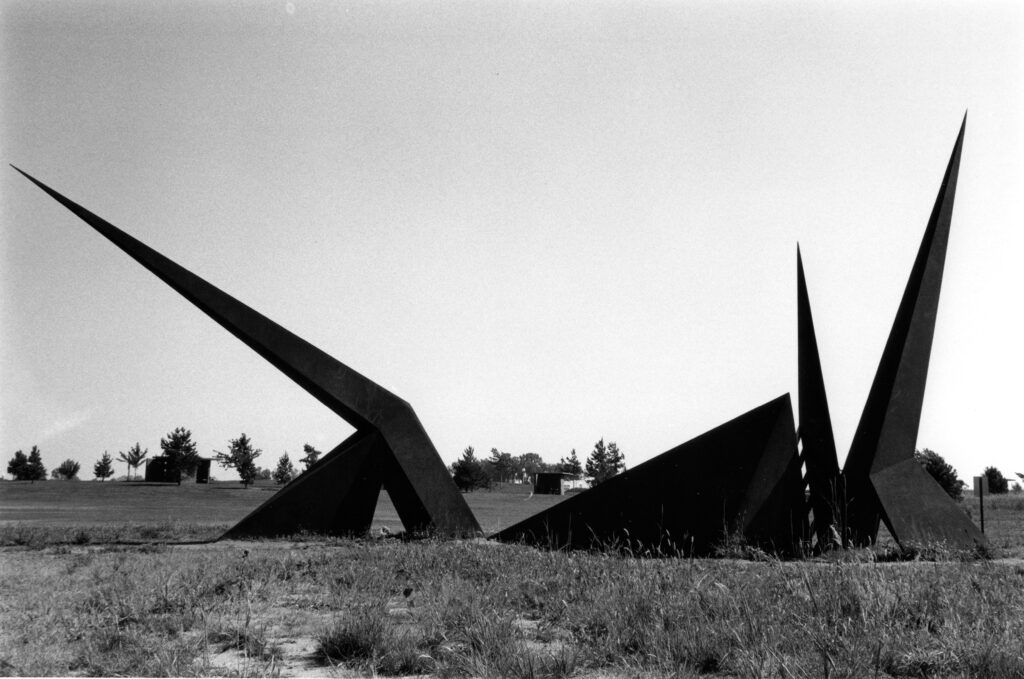
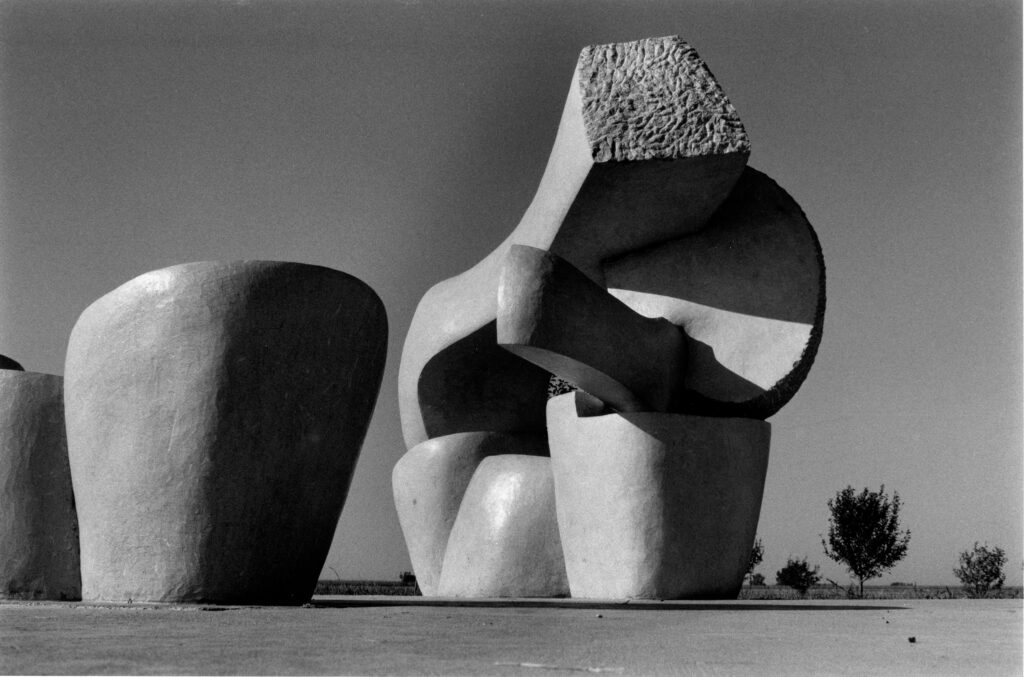
Known today as “Nebraska’s 500 Mile Sculpture Garden,” the project originally planned to commission 12 large-scale sculptures by American artists. Ultimately, eight were completed and installed at key rest stops in communities including Sidney, Ogallala, Brady, Kearney, Grand Island, York, Seward/Milford, and Omaha. These sculptures were not simply dropped into place—they were born of rich community involvement. Each commissioned artist became an artist-in-residence, living and working in Nebraska towns and engaging residents in discussions, workshops, and educational programming.
The project’s administration and execution were equally ambitious. A non-profit, The Nebraska Interstate-80 Bicentennial Sculpture Corporation, was created to manage the effort, with leadership from Norman Geske, the internationally renowned director of the Sheldon Memorial Art Gallery. The Sheldon, along with the University of Nebraska–Lincoln, the Federal Highway Administration, the Nebraska Department of Transportation, and local chambers of commerce, collaborated to ensure the project’s success. A rigorous, national vetting process—guided by two panels of experts—selected the sculptors, and public meetings were held to review maquettes and gather community feedback.
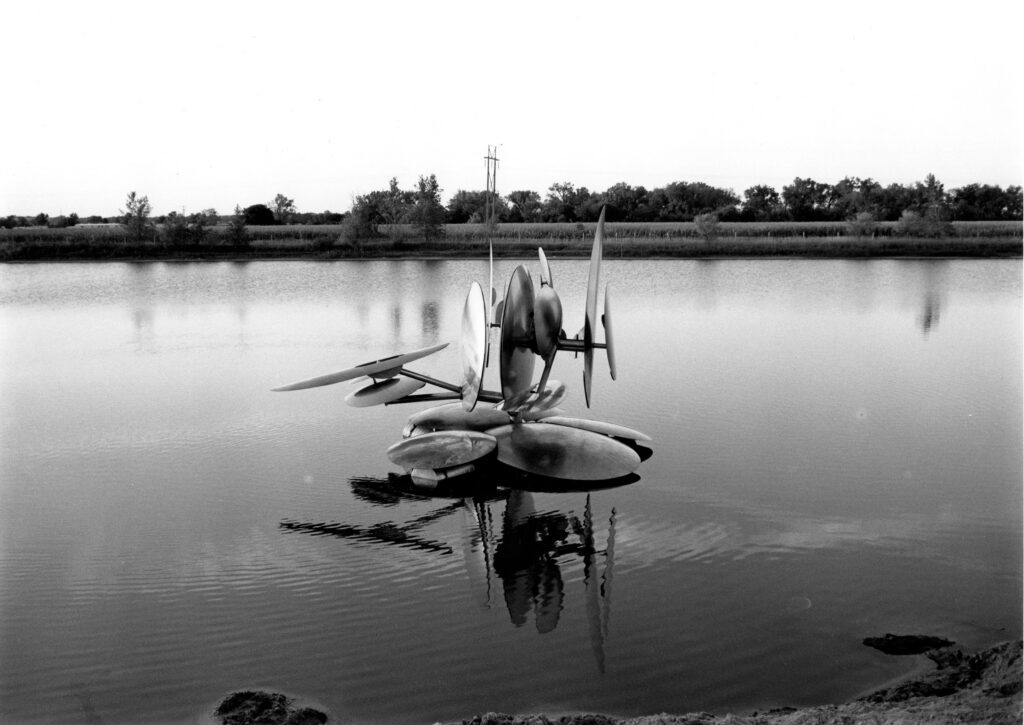
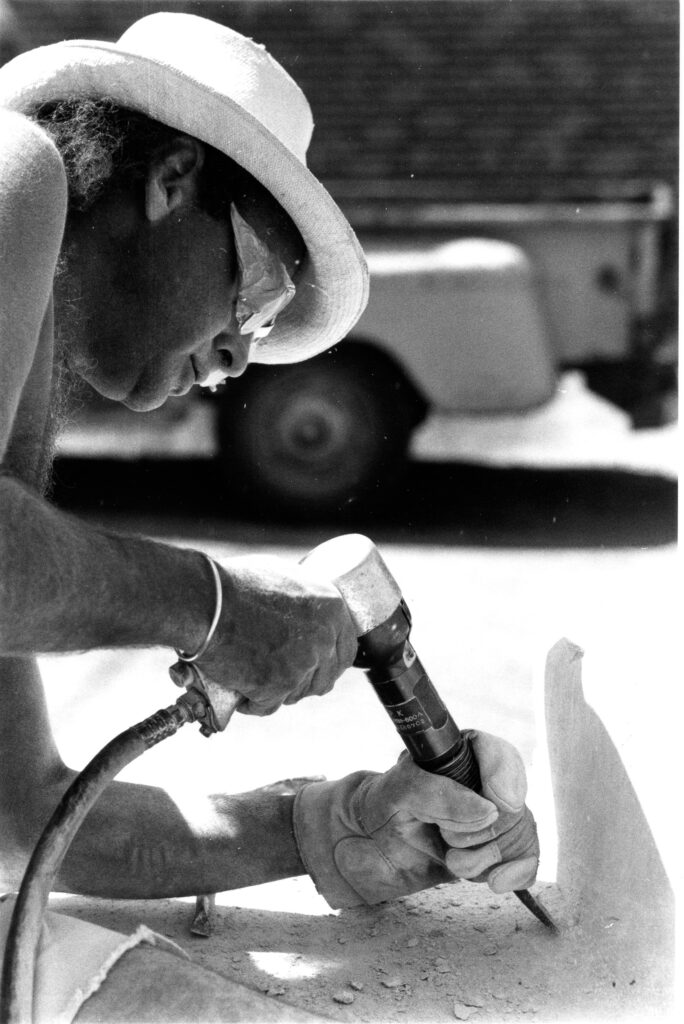
The New York Times lauded the effort at the time, noting its national significance and the scale of its vision. “The nation’s most considerable bicentennial sculpture project,” the article observed, was unfolding in a state that at the time of the American Revolution was “an unbroken sea of grass.” The final project budget of $700,000 was funded through public and private grants and recognized officially by the National Bicentennial Administration.
More than a celebration of America’s 200th birthday, the I-80 Sculpture Project broke new ground in public art, using a transportation corridor as a canvas and modeling deep community engagement. It was a visionary leap at a time when such ideas were still nascent. Decades later, the project has garnered international attention and acclaim. In 2006, the Federal Highway Administration recognized the sculptures as “nationally and exceptionally significant features of the Federal Interstate Highway System,” opening the path for their inclusion on the National Register of Historic Places.
The project’s success also reflects the influence of Norman Geske, a major figure in American art. Geske not only helped bring world-class contemporary art to Nebraska through the Sheldon Art Museum but also represented the U.S. at the 1968 Venice Biennale, founded the Museum of Nebraska Art, and authored several key works on 20th-century art.
Today, travelers along I-80 still encounter these monumental works, often unaware that they are part of a nationally significant experiment in public art—a legacy that continues to inspire artists, curators, and communities across the country.
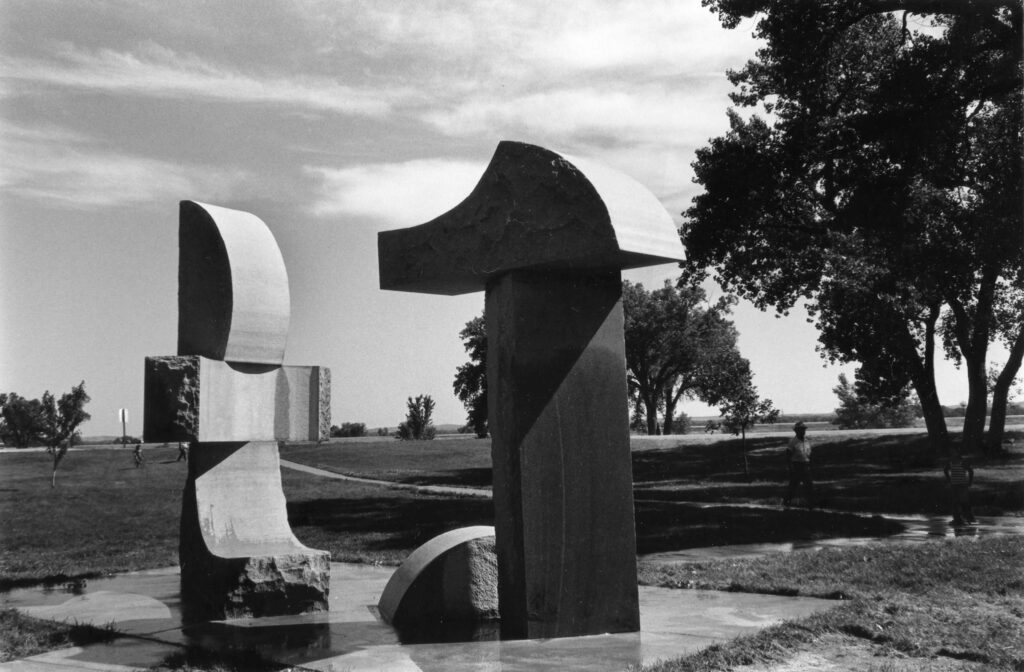
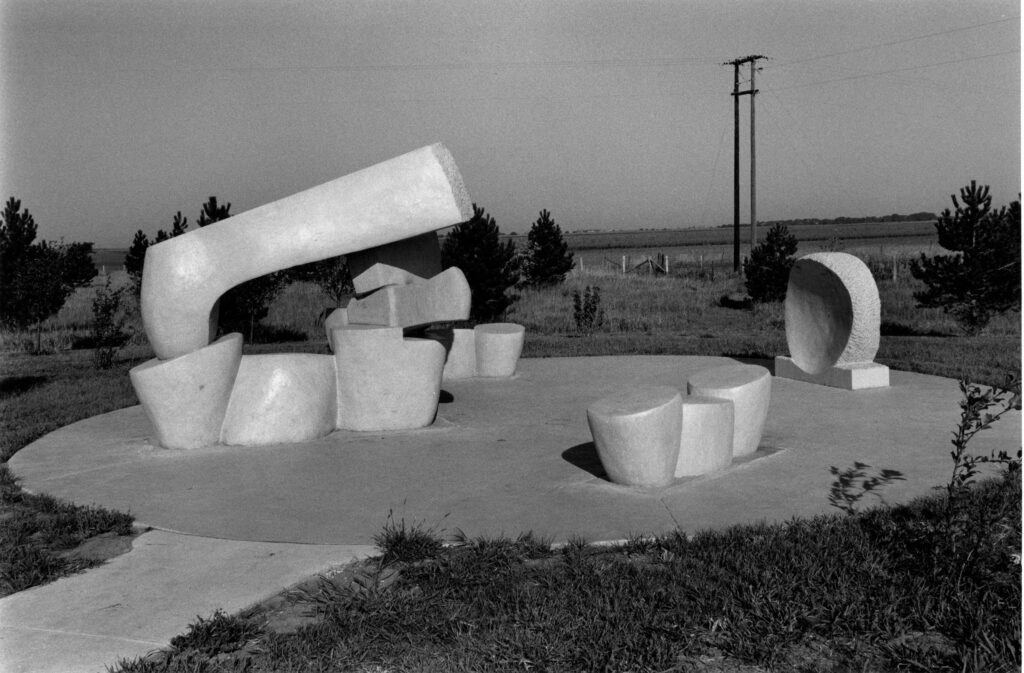


Donate to the I-80 Sculpture Project Today!
To donate to the I-80 Sculpture Project via check, please make your check payable to the NSHS Foundation and mail to:
Nebraska State Historical Society Foundation
1201 Lincoln Mall, Suite 100
Lincoln, NE 68508
